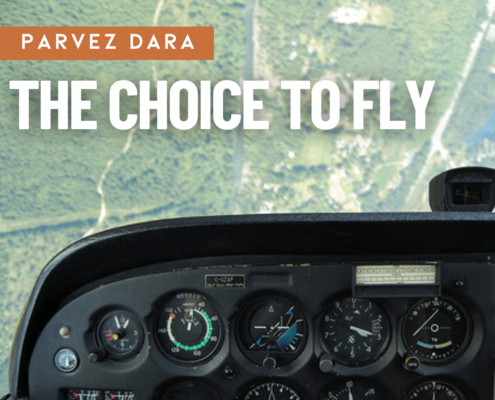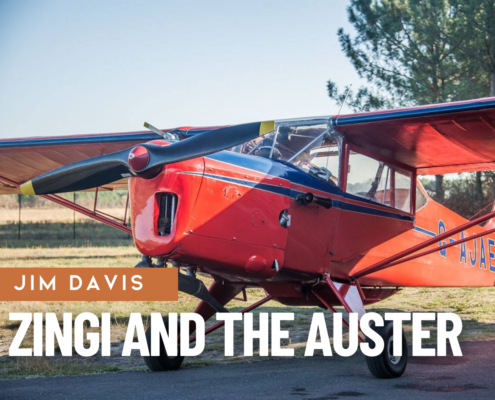 https://media.airfactsjournal.com/wp-content/uploads/2025/06/30140542/the-choice-to-fly.png
1000
1250
Parvez Dara
https://media.airfactsjournal.com/wp-content/uploads/2024/09/03140241/AF_Logo_24.png
Parvez Dara2025-07-18 08:55:012025-06-30 14:06:35The Choice to Fly
https://media.airfactsjournal.com/wp-content/uploads/2025/06/30140542/the-choice-to-fly.png
1000
1250
Parvez Dara
https://media.airfactsjournal.com/wp-content/uploads/2024/09/03140241/AF_Logo_24.png
Parvez Dara2025-07-18 08:55:012025-06-30 14:06:35The Choice to FlyNEW ARTICLES
OUR MOST RECENT POSTS
Air Facts was first published in 1938 by Leighton Collins, dedicated to “the development of private air transportation.” It’s a different world now, and it’s a different Air Facts. Relaunched in 2011 as an online journal, Air Facts still champions, educates, informs and entertains pilots worldwide with real-world flying experiences. More…
 https://media.airfactsjournal.com/wp-content/uploads/2025/06/30140542/the-choice-to-fly.png
1000
1250
Parvez Dara
https://media.airfactsjournal.com/wp-content/uploads/2024/09/03140241/AF_Logo_24.png
Parvez Dara2025-07-18 08:55:012025-06-30 14:06:35The Choice to Fly
https://media.airfactsjournal.com/wp-content/uploads/2025/06/30140542/the-choice-to-fly.png
1000
1250
Parvez Dara
https://media.airfactsjournal.com/wp-content/uploads/2024/09/03140241/AF_Logo_24.png
Parvez Dara2025-07-18 08:55:012025-06-30 14:06:35The Choice to Fly
Zingi and the Auster
I was thereNo sooner had I revived my tea-making activities when I heard the Auster start. After some introductory coughing and spluttering, it settled down to a healthy roar. For God’s sake throttle back, I muttered into the teapot. They didn’t. The noise got louder and closer. There was a horrendous clatter and crash, a tinkling of broken glass—and then silence.

The First Flight After Maintenance, and Texting While Wrenching
OpinionFlying has dangers, always has, but they were just different dangers in the past. But some of the dangers of flying persist. Like the danger of flying an aircraft the first time after maintenance has been done to it. A bad mechanic can kill you dead with an error—and they’ll go have lunch (with an ATC guy) while you take a dirt nap.

Friday Photo: Thunderbirds
Friday PhotoThis was at the recent Power in the Pines 2025 Airshow where JB McGuire-Dix-Lakehurst opens its doors to the public for free (yes, tax dollars at work) and hosts a spectacular airshow. This year the headlining act were none other than the USAF Thunderbirds!

Mea Culpa: Confessions of a Joyful Pilot
OpinionOver the last several months, I have committed several aviation sins. I once went on a flight without checking the weather. I recently departed without calculating my takeoff distance or obstacle clearance. On more than one occasion, I landed from a non–“stable approach,” being both below and above target approach speeds. I’ve flown non-standard traffic patterns. I’ve flown outside the glide range to the nearest airport. I’ve even flown without talking to ATC or filing a flight plan.

Why I Returned to Stick and Rudder
OpinionWhen I first read Stick and Rudder, I had just started flying lessons. The lessons were going well, and my curiosity about aviation had turned into full-blown infatuation. I wanted to know everything, so I was consuming everything—magazines old and new, Reddit posts, YouTube videos. Somewhere in a best-of list, I found Stick and Rudder: An Explanation of the Art of Flying, by Wolfgang Langewiesche.
John’s Blog

The aviation community is alive and well
John's blogBefore the expletive could even leave my mouth, one of the FBO employees offered to lend me the crew car. I assumed the crew car option would be impossible, or at least impossibly bad manners, since the round trip would be nearly two hours and the FBO was closing soon. But he wouldn’t hear it: “take all the time you need and just drop the keys off with the night security guard. We appreciate your business.”

The Starlink era is here—will we regret it?
John's blogThis promises to be a major advancement in cockpit technology, with benefits for pilots and passengers alike. But before diving headfirst into the Starlink pool, it would be wise to pause for just a moment and contemplate what we might lose. Don’t worry, I’m no Luddite and I’m not here to scare anyone away from an exciting new gadget. I am, however, an observer with enough experience to have seen technological breakthroughs bring unintended consequences. I fear that may happen here.

Pilot’s Bucket List: 11 Must-Do Adventures After Earning Your License
John's blogEveryone's dream list will vary, but let me suggest 11 things that every pilot should do with their license. Call it a bucket list if you want, but I consider it a flight plan for a fulfilling life in the cockpit.
I Can’t Believe I Did That

A Quarter Tank and a Prayer
I Can't Believe I Did ThatI was watching the fuel gauges drop before my eyes. I elected to continue to ECG rather than turn back. I was on a direct course. The Norfolk controller wished me luck—not the most reassuring sign—and handed me off to ECG Tower, who had already been briefed.

Trial by Ice
I Can't Believe I Did That, I was thereThe most valuable lesson I learned from the “School of Hard Knocks” had nothing to do with weather or instrument flying. The “trial by ice” was a lesson in the awesome responsibility that comes from occupying the left seat of an airplane, regardless of its size. It also taught me to recognize those rare and unusual emergency situations when going by the book is not safe, and when deviating from standard operating procedures or the Federal Air Regulations is not only warranted, but imperative.

I Am UNSAFE Checklist—Lessons Learned on a Fateful Night
I Can't Believe I Did ThatVery soon I was on the approach and thought I could still make 06C. The ATIS called out the overcast at 800’ AGL, the minimum I needed (mistake #5—not mine, but it counted anyway.) I held at 800’, assuming I’d see the runway lights below me and then I could continue to 06C. As I crossed the runway threshold, it was solid IMC and I had to go missed. I asked the Tower what the current ceiling was, and the response was that the ATIS was old and the ceiling was actually 400’ and you’ll have to go around.
Opinion

The Choice to Fly
OpinionNow we were nose-down, spinning, and rapidly losing altitude. The earth swirled in the windshield, the tall pines below getting closer. I don’t remember how many turns we made, but somewhere between the second one and the top of those trees, he cut the power and stopped the rotation. We were still descending fast. Sweat poured down my face, driven by the sudden surge of fear, my novice brain gripped by self-preservation.

The First Flight After Maintenance, and Texting While Wrenching
OpinionFlying has dangers, always has, but they were just different dangers in the past. But some of the dangers of flying persist. Like the danger of flying an aircraft the first time after maintenance has been done to it. A bad mechanic can kill you dead with an error—and they’ll go have lunch (with an ATC guy) while you take a dirt nap.

Mea Culpa: Confessions of a Joyful Pilot
OpinionOver the last several months, I have committed several aviation sins. I once went on a flight without checking the weather. I recently departed without calculating my takeoff distance or obstacle clearance. On more than one occasion, I landed from a non–“stable approach,” being both below and above target approach speeds. I’ve flown non-standard traffic patterns. I’ve flown outside the glide range to the nearest airport. I’ve even flown without talking to ATC or filing a flight plan.
More Articles
Recent Posts
Email newsletter
Write for us!
Did you know that most of the articles at Air Facts are written by readers like you? You do not have to be Richard Collins or Ernest Gann – simply a GA pilot with a story you’d share with friends sitting in the hangar.

